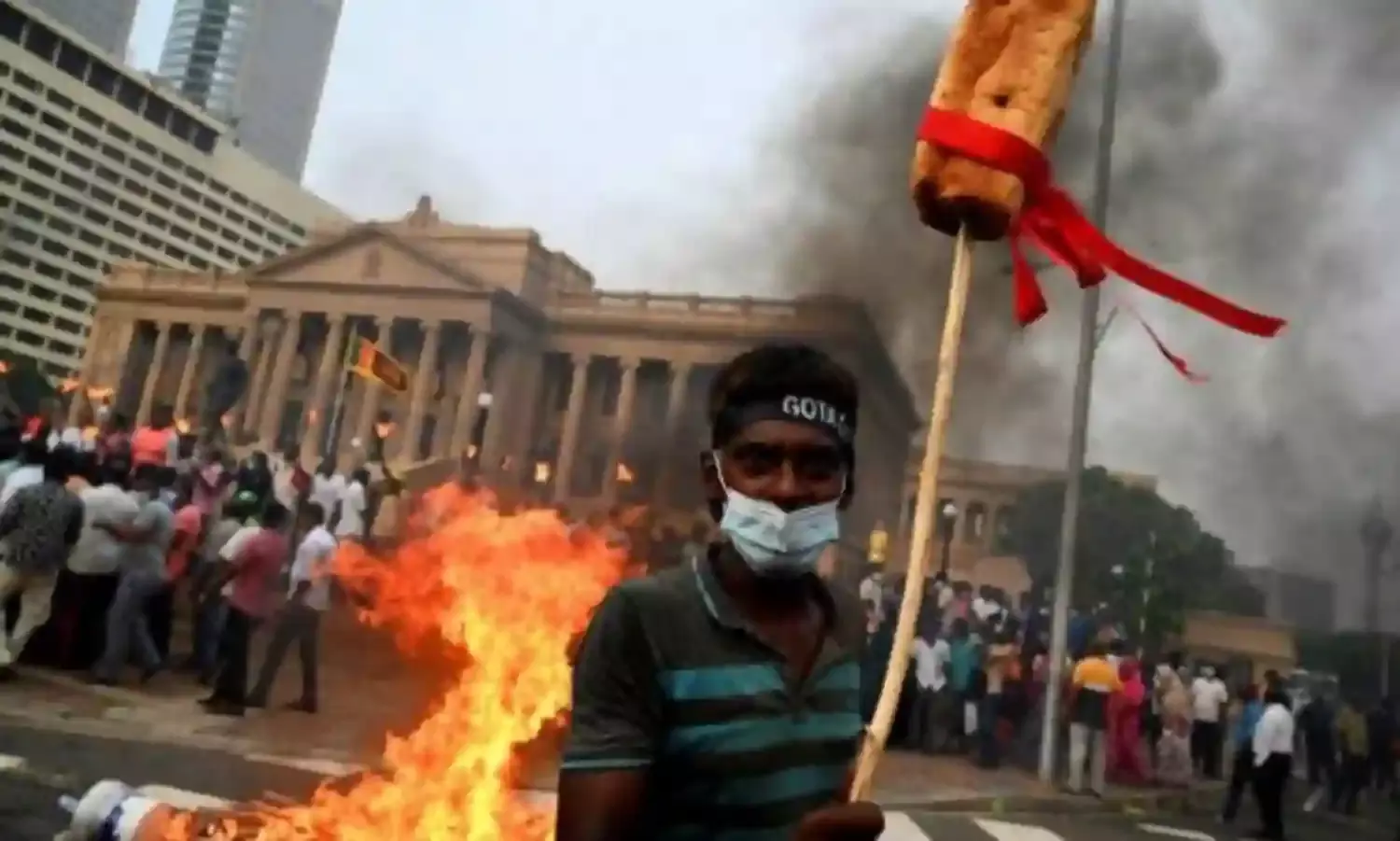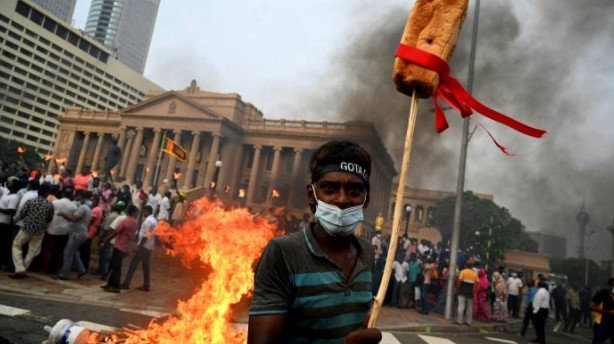China and India Extend Loans to Sri Lanka
Structural reform required

COLOMBO: India and China are giving beleaguered Sri Lanka a helping hand with a total of USD 4.5 billion in emergency aid to make up for the unprecedented foreign exchange shortage the island nation is facing.
At the least, Sri Lankans are hoping to celebrate the Sinhala and Tamil New Year in April without shortages of essentials.
But the light that they see at the end of the tunnel may prove to illusory if the injection of Indian and Chinese aid and the probable assistance of the IMF are not used to restructure the economy and clean up the policy mess which has plagued the country for decades. The aid promised is only a palliative and not the cure for Sri Lanka's economic woes.
Indian and Chinese aid are loans for imports. The USD 2.4 billion India is giving is for imports of essential items from India. But it will take care of only one and a half month’s imports. China’s USD 2 billion is made up of a 1 billion loan and 1 billion as buyer’s credit for imports from China. These loans will have to be repaid.
And repayment is not going to be easy. Already Sri Lanka has to repay USD 6.5 billion this year. In addition a SWAP of USD 1.7 billion is maturing this year. The available reserves as of December 2021 were only USD 2 billion.
Although the international media has been blaming China for the Sri Lankan debt trap, China accounts for only 10% of the foreign debt. Japan accounts for 10.8%. 56% of the debt is due to the International Sovereign Bonds (ISB) issued by the government.
The ISB is a good source of money but payments have to be made on time in their case. To keep up its international credentials Sri Lanka has been honoring its commitments in this regard without fail. But there has been widespread criticism of this practice in the current context when the government has virtually no dollars to import essentials for the masses.
Fuel and many food items are in short supply and prices have shot through the roof. Ships wait outside Colombo port for days to offload essentials because importers are unable to get the dollars needed. Economists have consistently appealed to the government to get these repayments rescheduled but to no effect.
President Gotabaya Rajapaksa had cited the pandemic as the main reason for the economic collapse. But a closer examination will reveal that the pandemic was not the cause and the way it was handled was the cause. Frequent, longish and strictly enforced lockdowns brought the economy to a grinding halt for nearly two years. Tourism ceased. Exports dwindled. And the curb on imports affected customs duty collections. Tax collection, already very low at 8.1% of GDP, was poorer.
On top of all this, Rajapaksa gave sweeping tax concessions when he came to power in 2019 fulfilling an electoral promise. VAT concessions took out 72% of the entities that were paying VAT.
And cruelly during the pandemic, the President ordered 100% switchover to organic farming and banned chemical fertilizers. With the farmers hit below the belt, agriculture suffered and food shortages were the order of the day. By the time he removed the ban on chemical fertilizers the damage had been done. With 70% of working people in agriculture, the majority of Sri Lankans were suffering.
The government has entered into a dialogue with the IMF, after resisting it for months thinking that the IMF’s prescriptions on austerity would affect its chances in the coming local and provincial elections. But thanks to the widespread demand of the intelligentsia that government should implement the IMF’s prescriptions it is talking to the Fund headquartered in Washington DC. It has also realized that following the IMF’s prescription will help it get funds from other sources and secure higher ratings from the rating agencies.
The government will also have cut imprudent expenditure. Sri Lanka’s permanent bureaucracy of 1.5 million is too big and it is also too inefficient and politicised. Rajapaksa had recruited 100,000 more to government service as though the existing number was not enough.
The country has an armed force of a size not needed since the war was finished in 2009. The new force should be leaner.
Sri Lanka has been seeking foreign investments but when investments come the media and the paranoid nationalists would raise the red flag. The government is loath to receiving investments from India and the West. China is welcome but China does not invest in industries, it only does infrastructure projects giving loans toward them.
Local entrepreneurs prefer to be in the import and retail trade and not manufacturing, whether for domestic consumption or export. Domestic wealth generation is therefore minimal. There is much too much dependence on tourism and the export of garments, tea and low-wage manpower.
Sri Lanka has to pause and think hard on reimagining itself and bringing about fundamental changes in thinking and in the economic structure to avoid going from country to country with a begging bowl from time to time.
Cover 'Photograph: AFP




